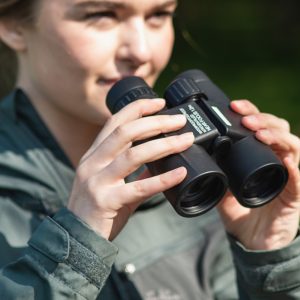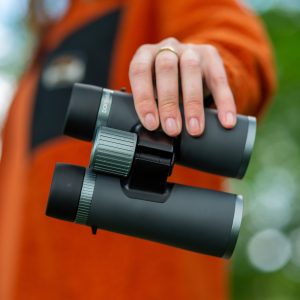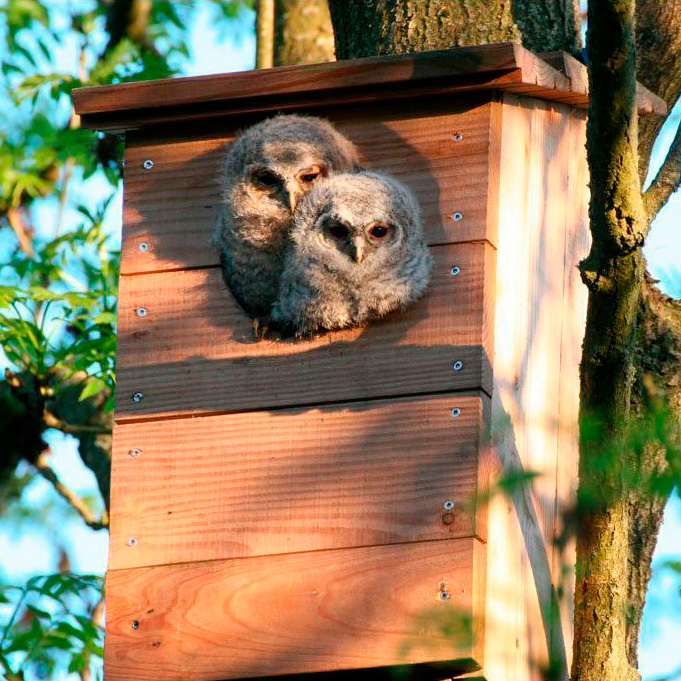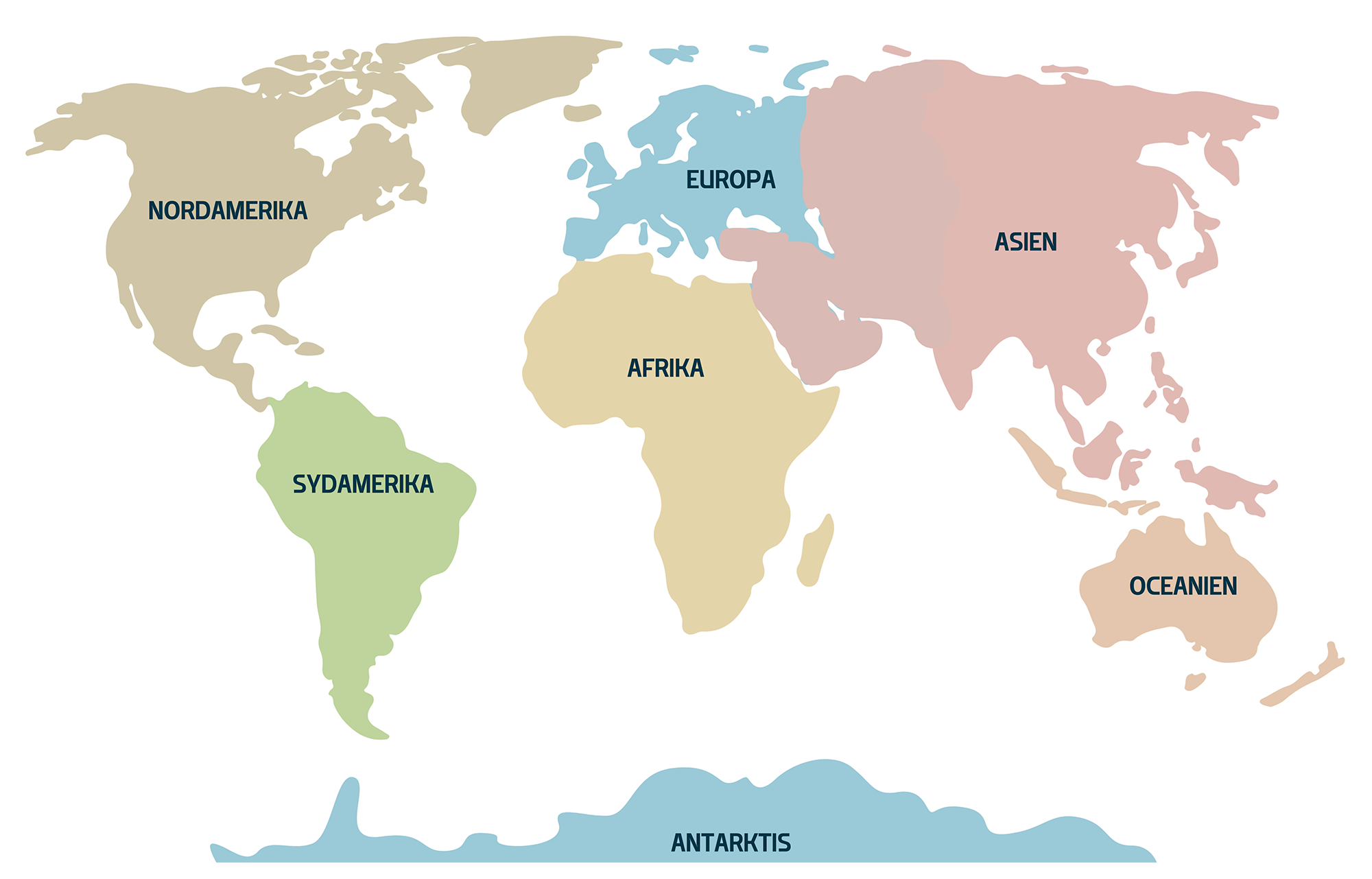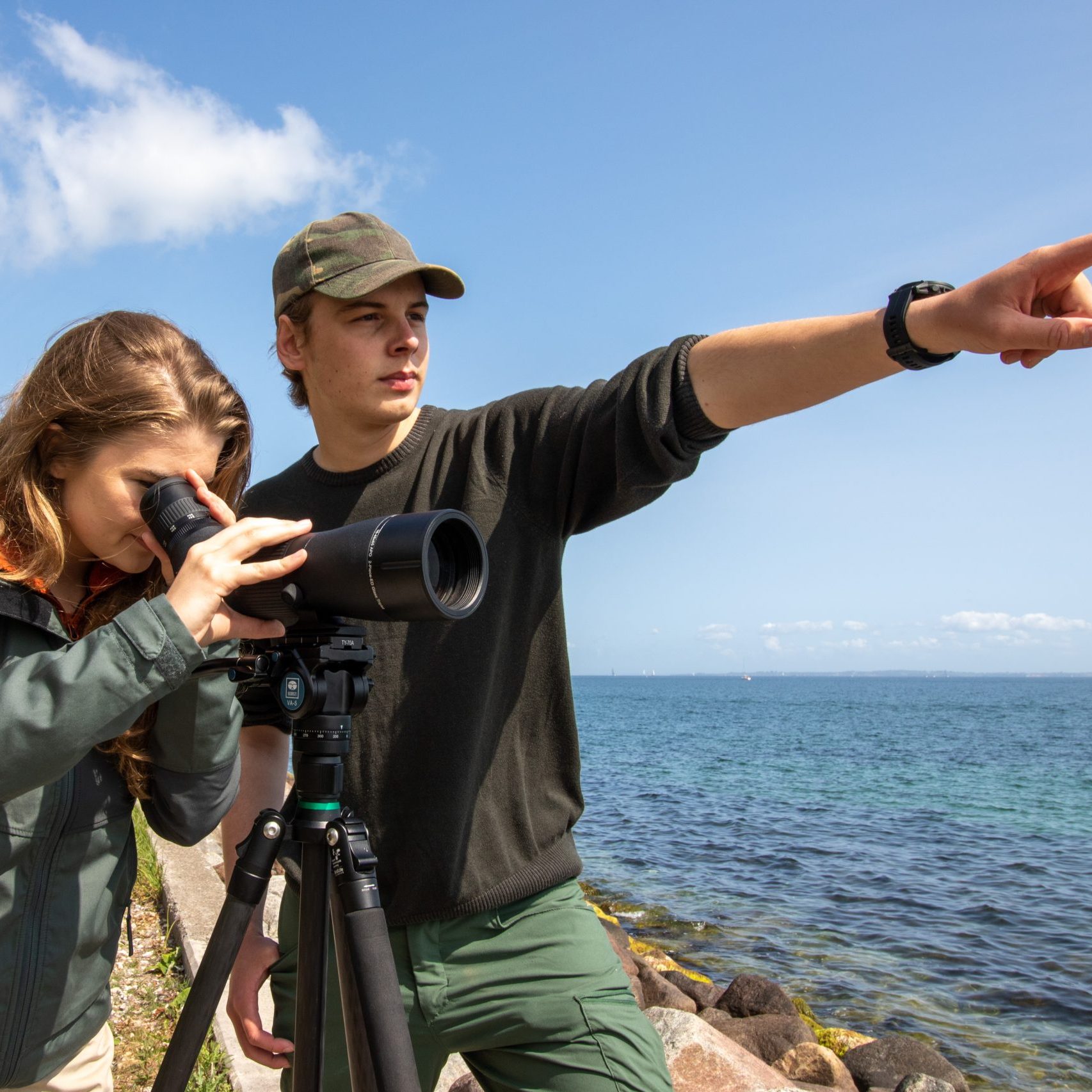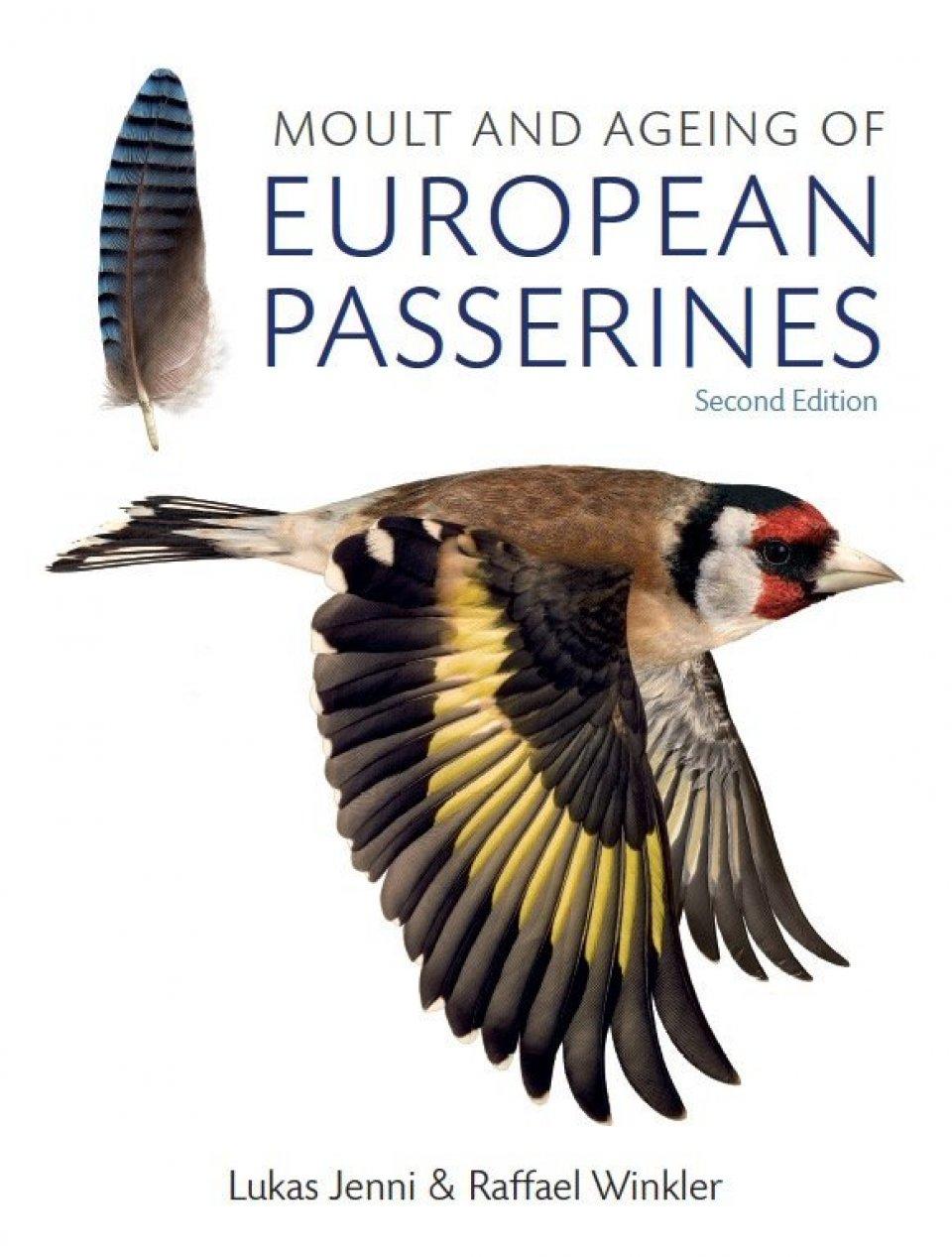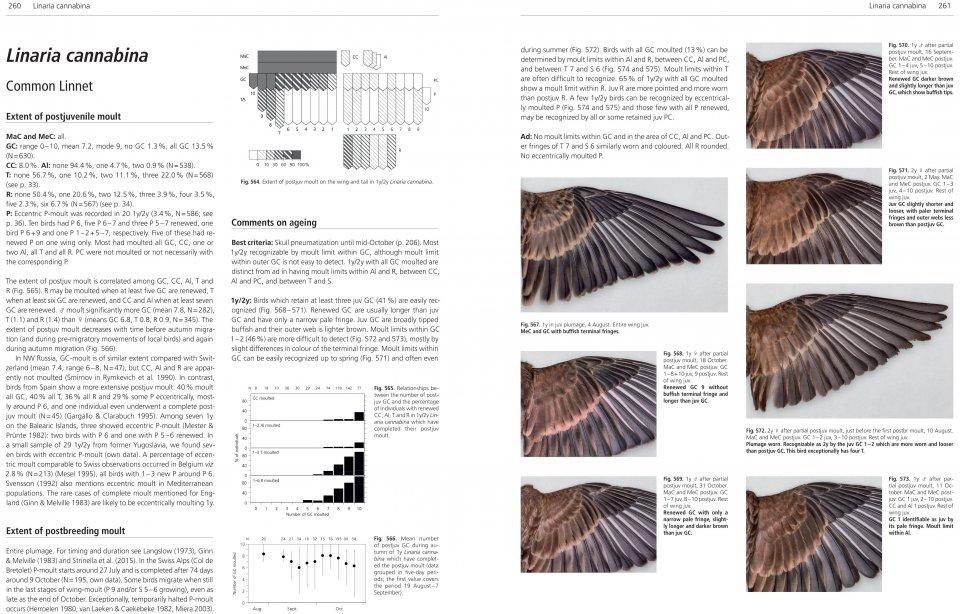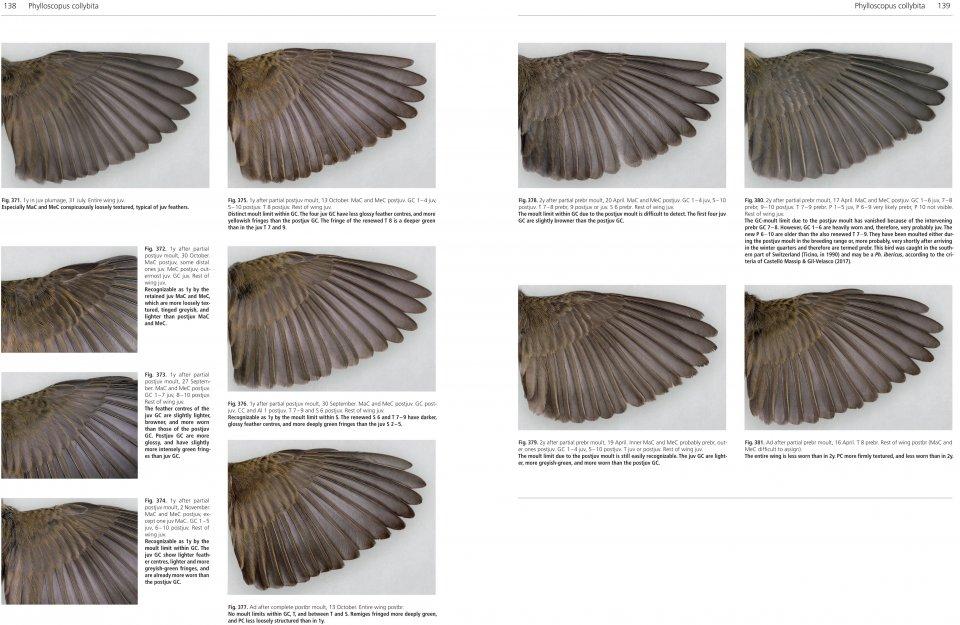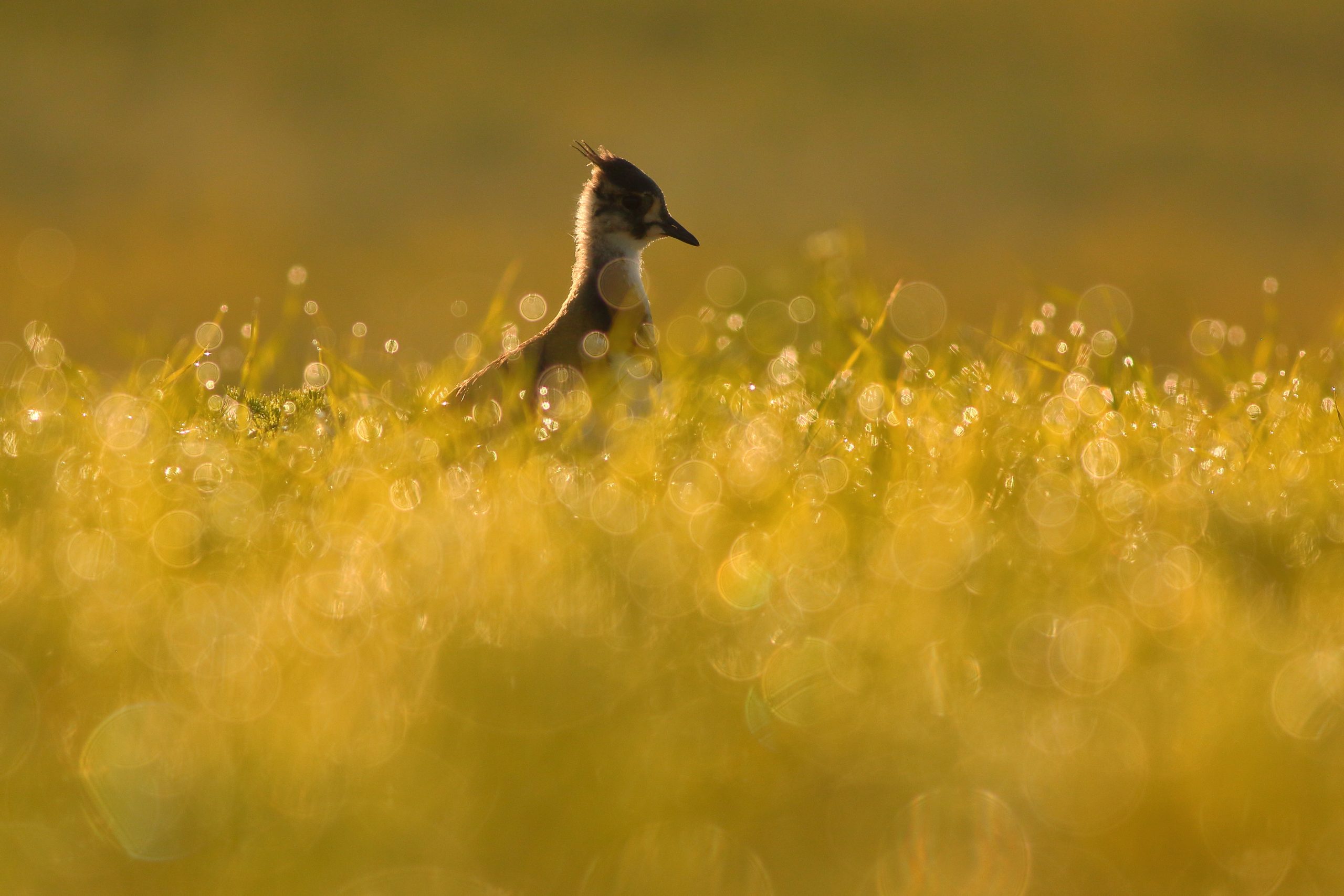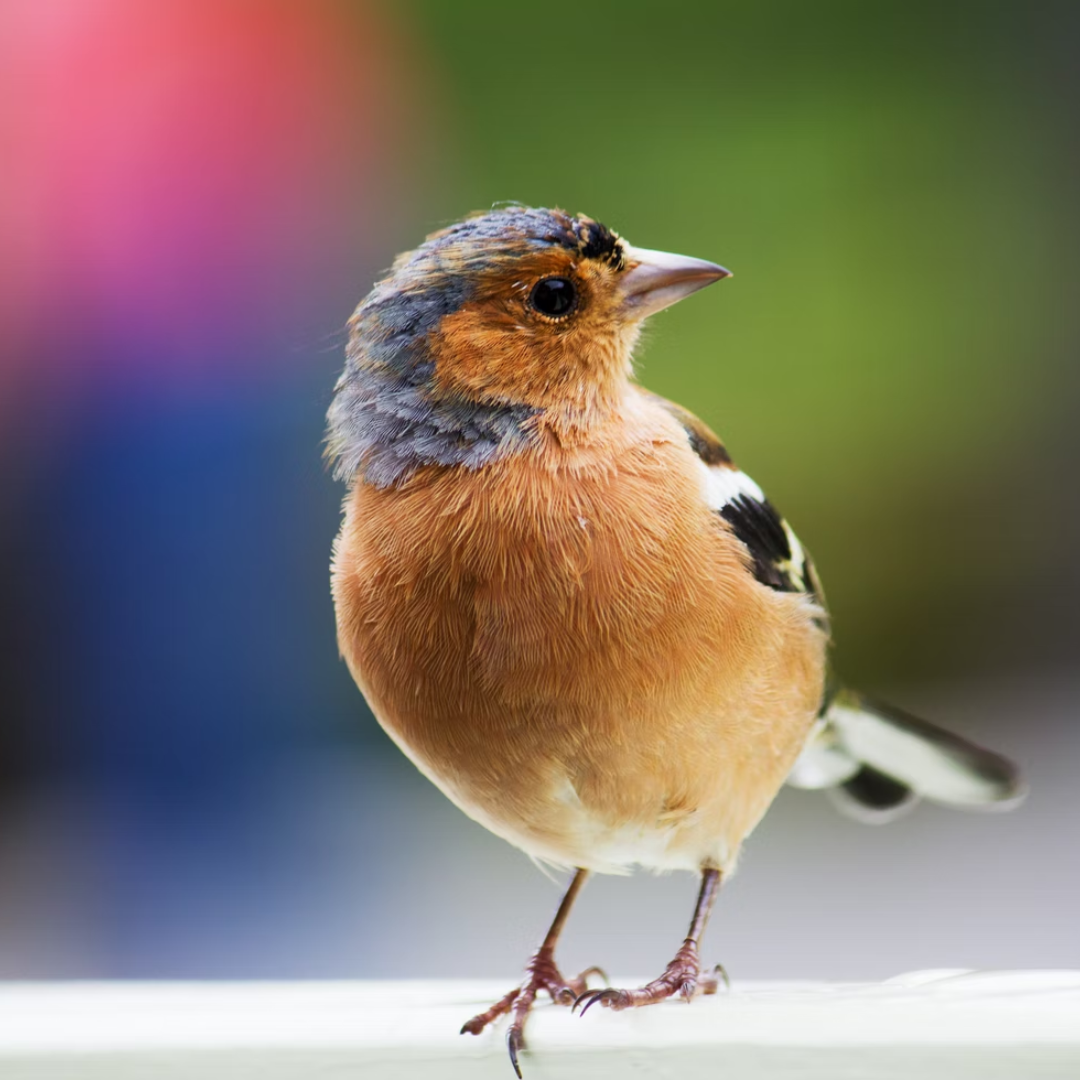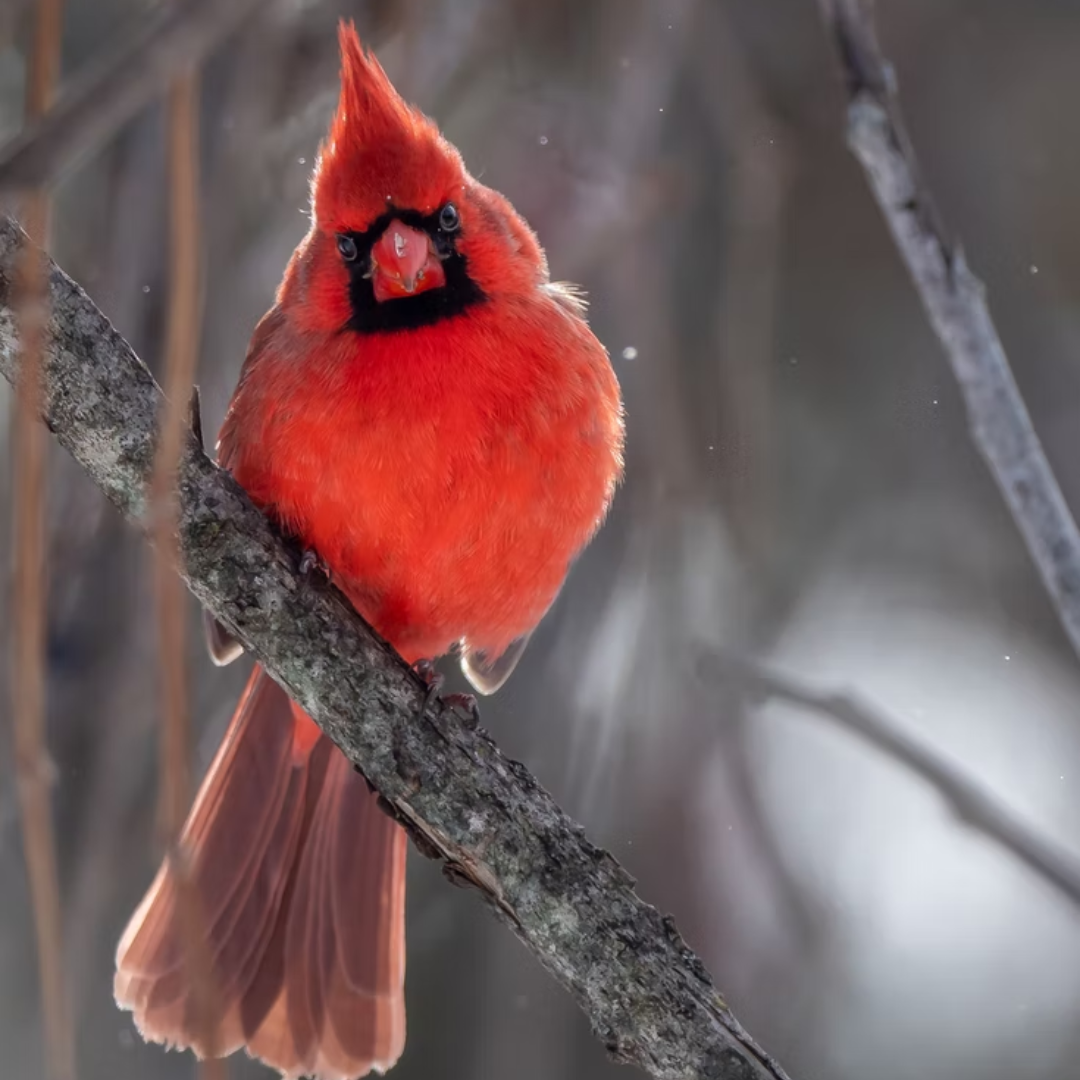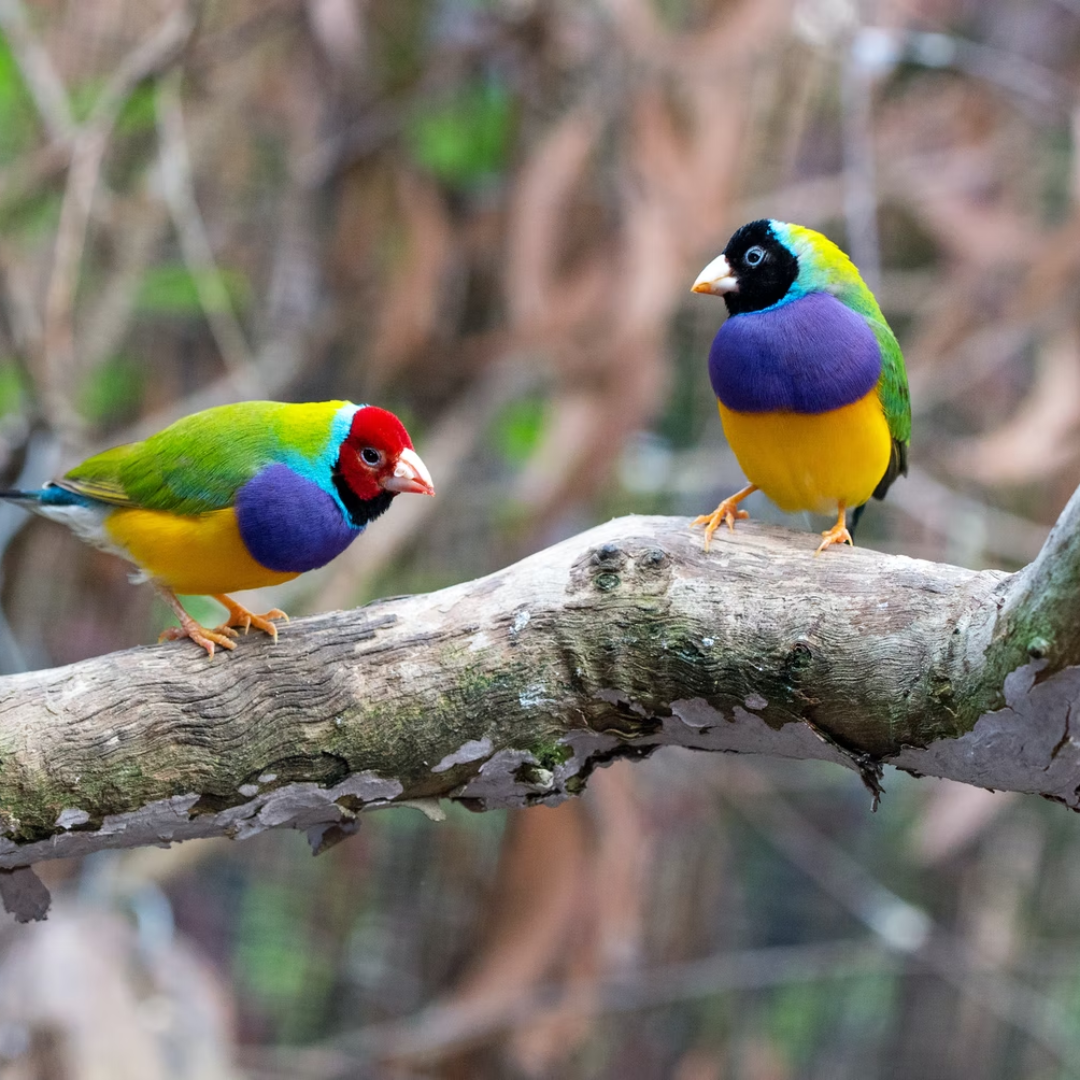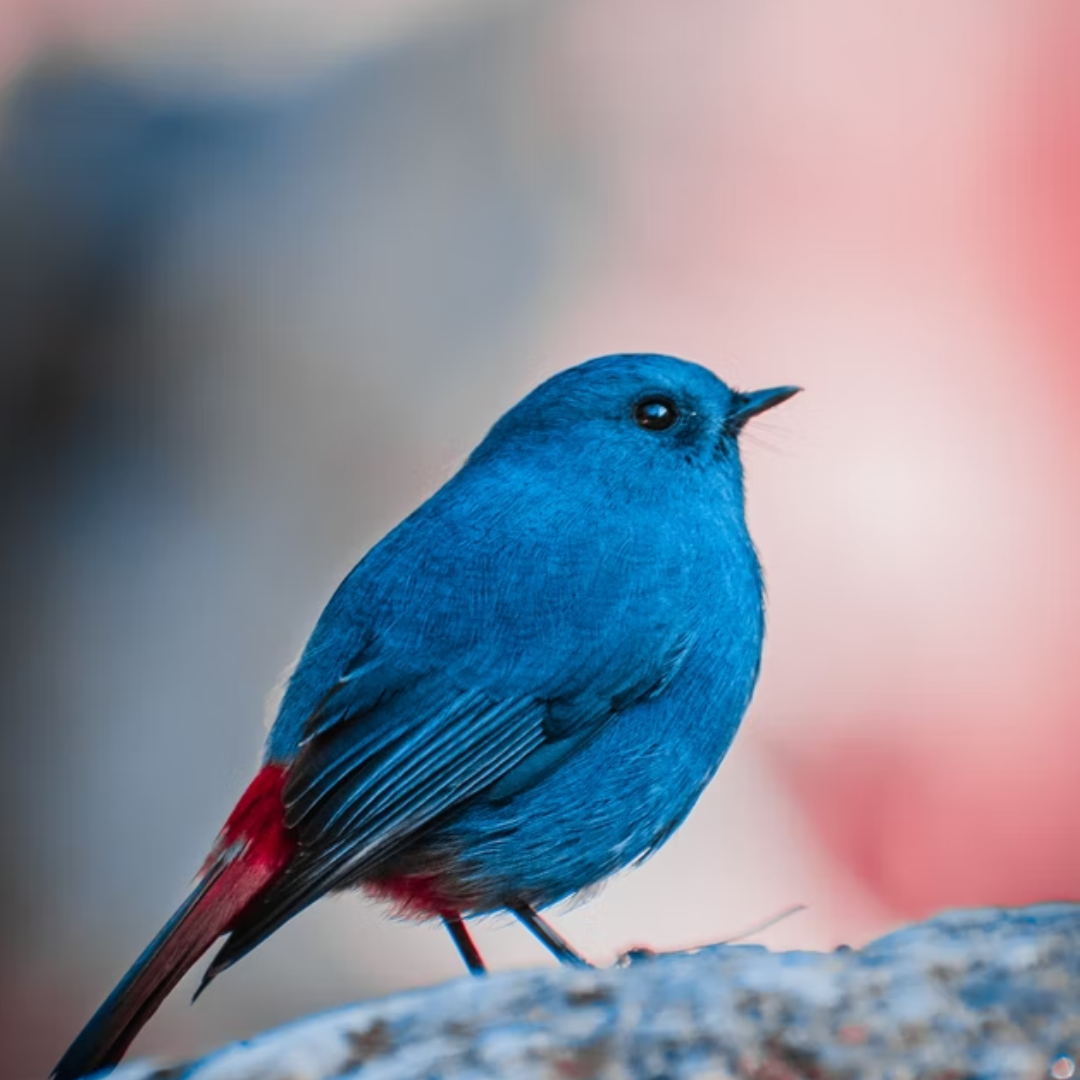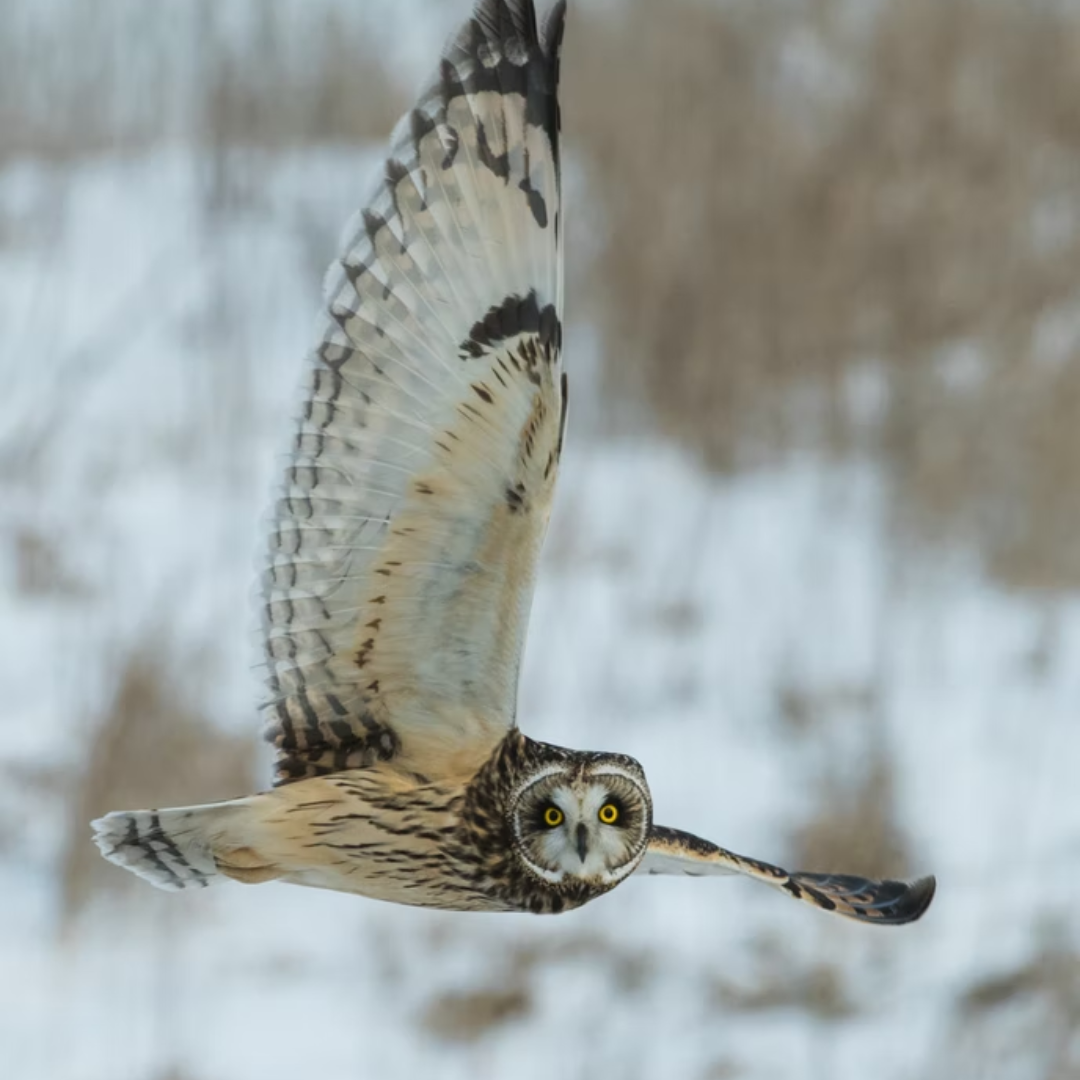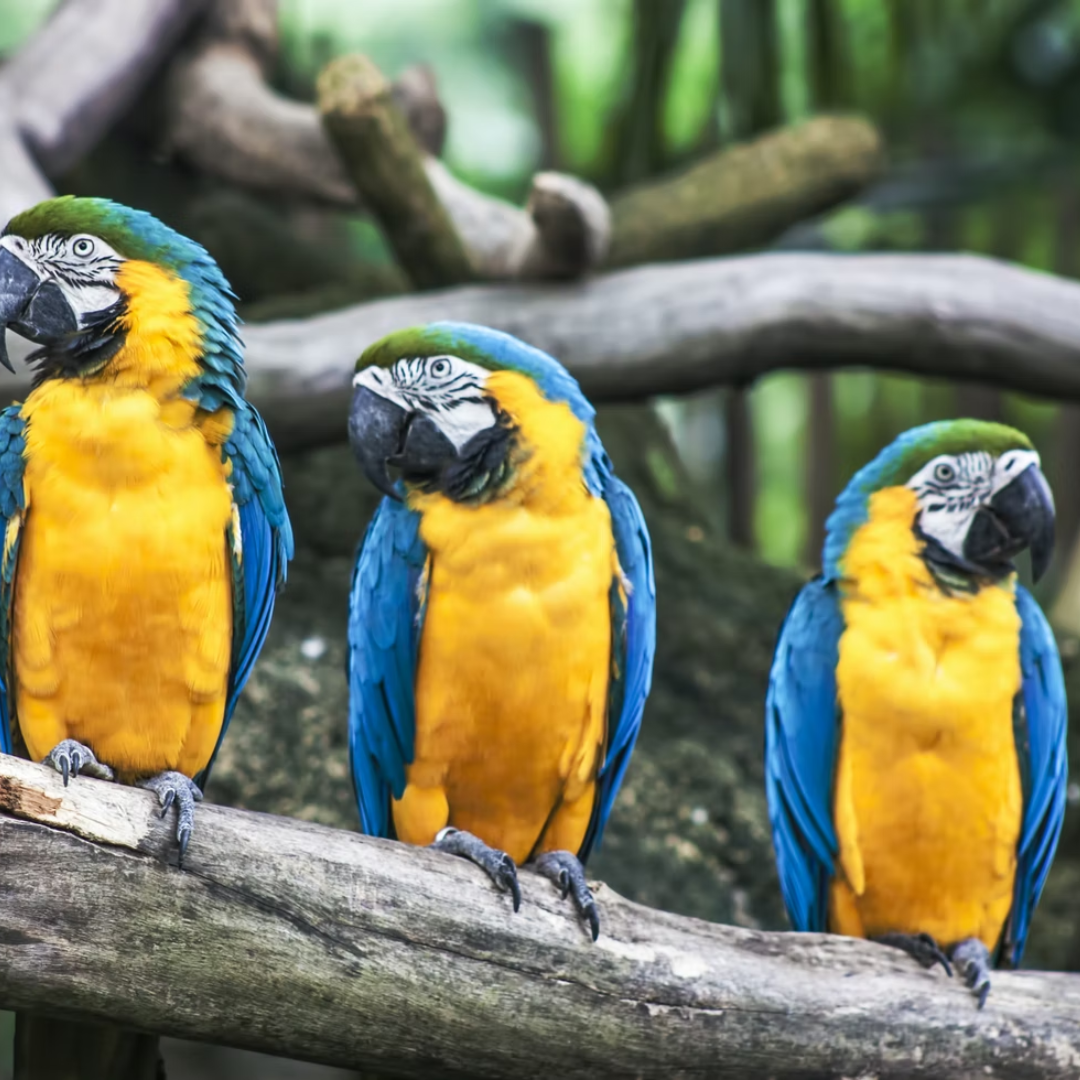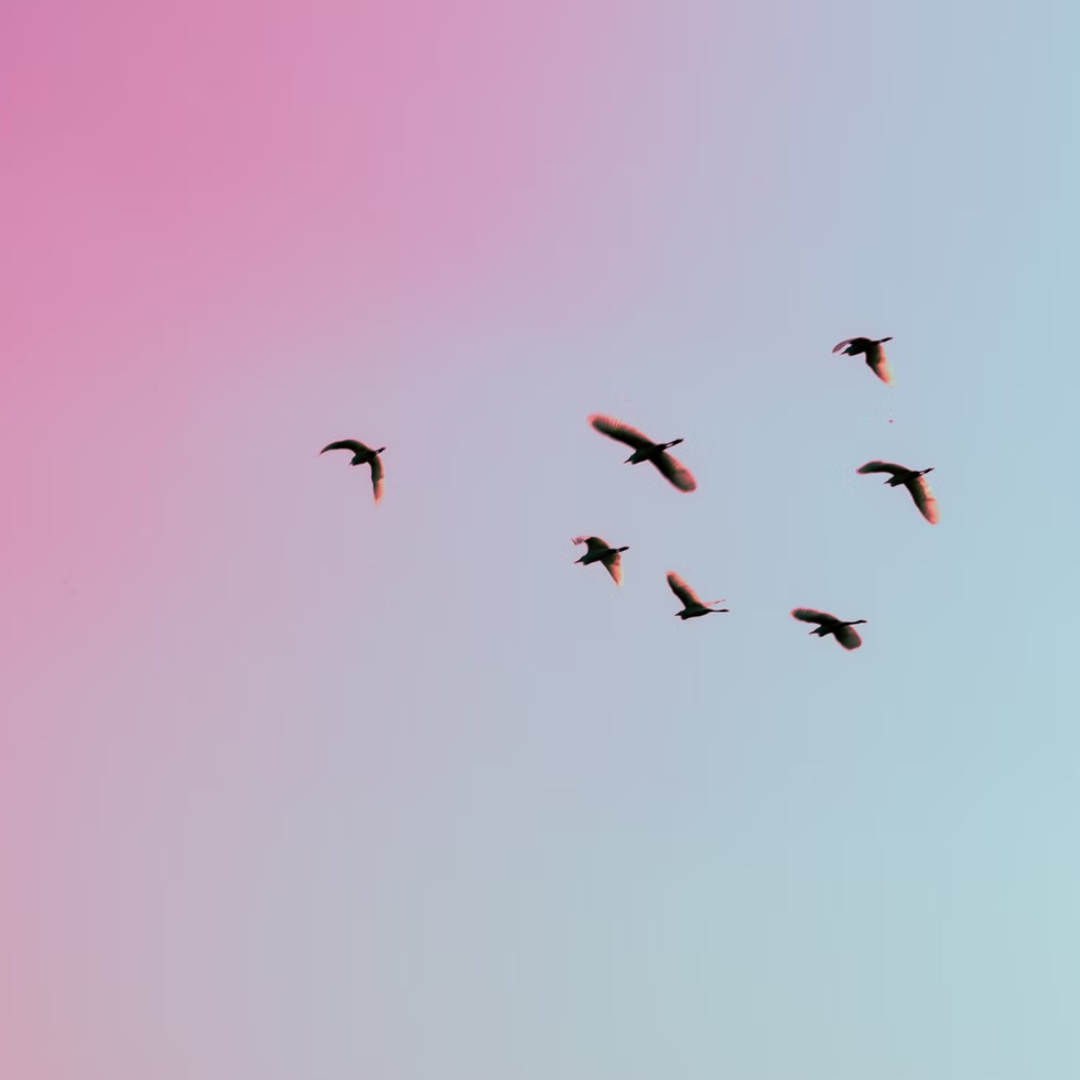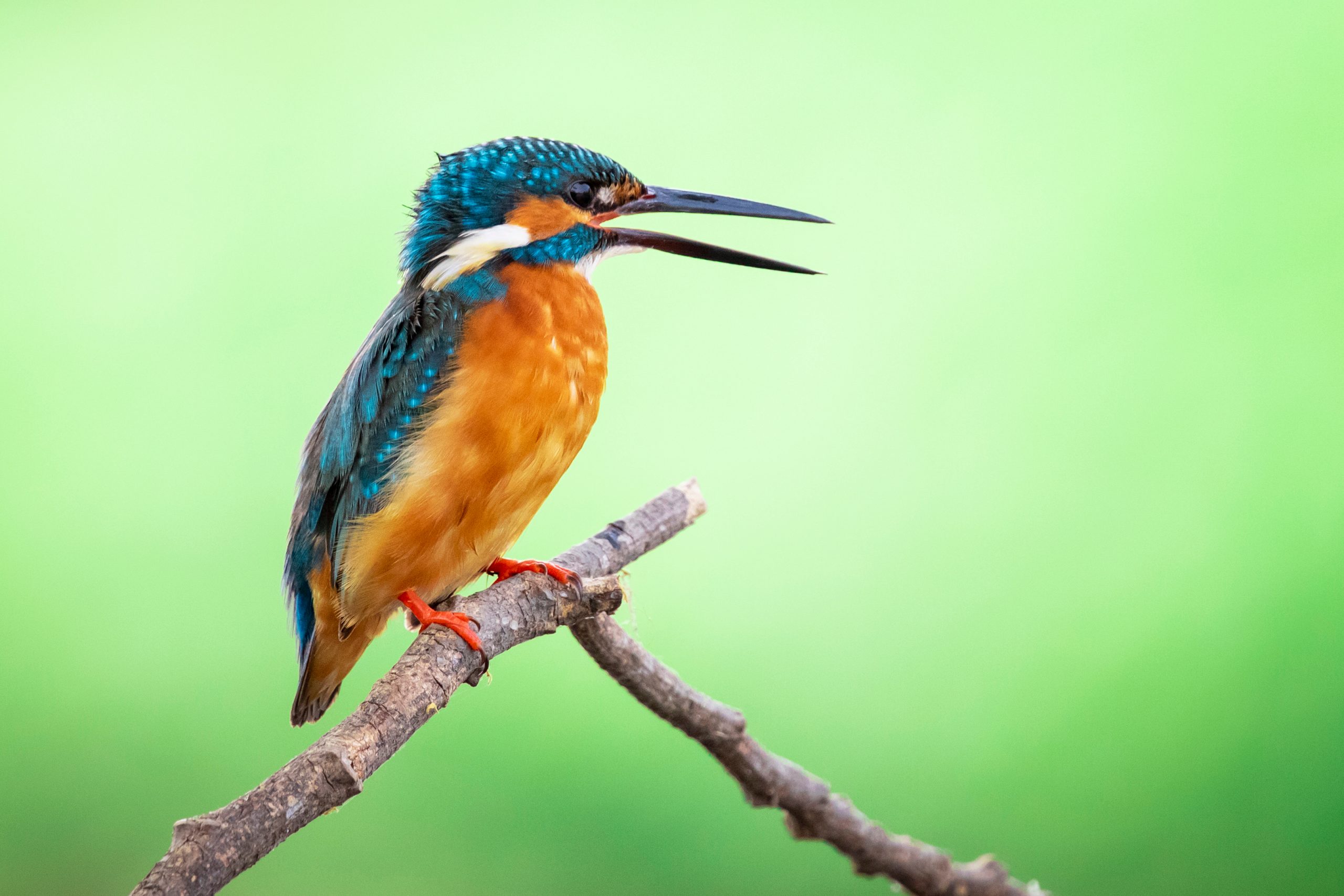Fældning og aldring af europæiske passeriner
En helt ny, fuldstændig revideret anden udgave af Jenni og Winklers klassiske guide, opdateret og forbedret til den næste generation af ringetoner og professionelle ornitologer.
Fuglenes fældestrategier har en vigtig indflydelse på deres adfærd og energi og danner også grundlaget for værdifulde redskaber til undersøgelse. En ordentlig forståelse af, hvordan fjer udskiftes, og de præcise forskelle i udseendet af de forskellige fjergenerationer kan gøre det muligt for ringmærkere, videnskabsmænd og ivrige fuglekiggere at ælde individuelle fugle og skelne mellem førsteårs og voksne fugle. Forståelse af en arts fældestrategi giver også indsigt i dens generelle økologi og migrationsøkologi og tillader detaljerede undersøgelser af mange aspekter af dens populationsdynamik.
Lukas Jenni og Raffael Winkler har studeret fældning på tværs af en bred vifte af fuglearter i årtier, og i Moult and Aging of European Passerines samler deres observationer for at producere en værdifuld reference for både professionelle ornitologer og ringmærkere. Denne anden udgave er blevet fuldstændig opdateret og revideret, med 16 nye artskonti tilføjet, hvilket bringer det samlede dækket til 74.
Første del af Moult and Aging of European Passerines giver en opdateret oversigt over fældningsstrategier og fældningssekvenser for europæiske spurvefugle og diskuterer de økologiske konsekvenser af fældning. Igennem Moult and Aging of European Passerines trækker forfatterne på den enorme mængde data om fældning, som de har indsamlet gennem 40 års studier, og som kombineret med data fra litteraturen giver dem mulighed for at præsentere en grundig syntese af emnet.
Den anden del er af særlig værdi for ringere. Efter en generel introduktion til aldring gives der detaljerede fældningsprofiler for 74 europæiske spurvearter, der illustrerer alle de vigtigste fældestrategier og inkluderer nyttige opsummerende statistikker, skematiske diagrammer over omfanget af fældning og indikationer af variationen inden for hver art. De vigtigste fældestrategier er illustreret med skematiske grafer, og fældningsstrategierne og omfanget af fældning for alle europæiske spurvefuglearter er opsummeret i tabelform.
Kronen på værket ved Moult and Aging of European Passerines er dens samling af mere end 600 fuldfarvefotografier af forlængede vinger, som viser hele rækken af fældningsmønstre og kriterier for ældning af fjerdragten. Et appendiks giver supplerende oplysninger om aldrende fugle efter graden af pneumatisering af kraniet. Stor i formatet, spækket med fotografi af høj kvalitet og overdådig i produktionsspecifikationer, denne anden udgave af Moult and Aging of European Passerines er både en vigtig reference for ornitologer, zoologer, ringmærkere og dedikerede fuglekiggere og et værk af stor videnskab og skønhed.
1.199,00 kr.
Moult and Ageing of European Passerines – Second Edition
1.199,00 kr.




